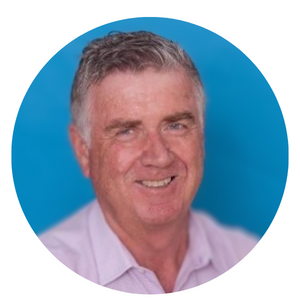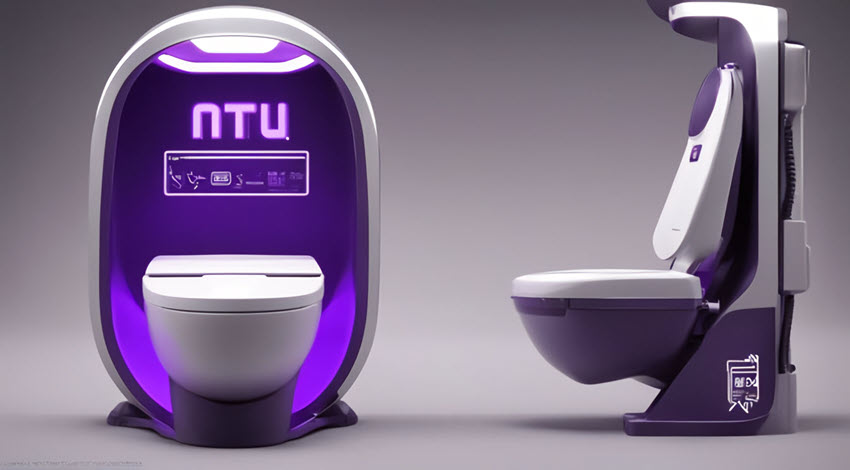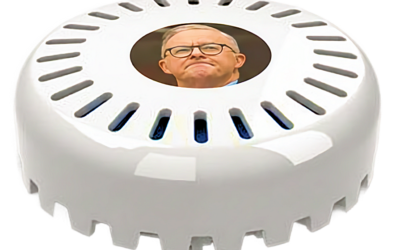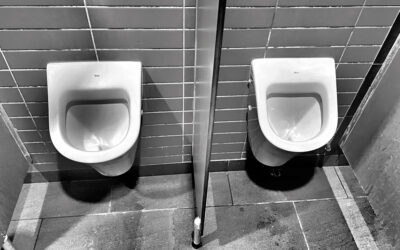Revolutionising Sanitation: The No-Mix Vacuum Toilet from NTU Singapore
In the quest for more sustainable and efficient sanitation solutions, the No-Mix Vacuum Toilet, developed by scientists at Nanyang Technological University (NTU) in Singapore, stands out as a groundbreaking innovation. This new system is set to drastically reduce water usage in flushing, addressing both environmental concerns and the challenges posed by modern low-flow toilets.
The Evolution of Toilet Systems
From High to Low Water Flows
Traditional toilets, with their 11-litre flushes, were designed for drainage systems capable of handling large water flows. The transition to dual-flush systems, using only 4.5 litres for a full flush and 3 litres for a half flush, while eco-friendly, has led to an unintended consequence: an increase in drain blockages due to reduced water flow.
The No-Mix Vacuum Toilet: A Game-Changer
Separating Waste and Reducing Water Use
The No-Mix Vacuum Toilet represents a paradigm shift in toilet design, echoing the water-saving achievements of ZeroFlush waterless urinals. With its two distinct chambers for liquid and solid wastes, it utilises vacuum suction technology, similar to aircraft toilets. This innovative approach requires only 0.2 litres of water for urine and 1.0 litre for solids, leading to a reduction of up to 90% in water usage compared to conventional systems. This significant decrease in water consumption aligns closely with the environmental benefits offered by ZeroFlush waterless urinals, marking a new era in sustainable toilet technologies.
Water Savings and Trials
Potential Impact and Testing in Real Settings
In a standard public toilet with 100 daily flushes, this innovative toilet could save up to 160,000 litres of water annually. Given the existing issues with low-flush toilets, the ongoing trials at NTU public facilities are crucial to assess the system’s compatibility with current drainage infrastructures, especially considering the even lower flush volumes.
Resource Recovery: Beyond Water Conservation
Transforming Waste into Electricity and Fertilisers
The No-Mix Vacuum Toilet doesn’t just conserve water; it also converts human waste into valuable resources. Liquid waste is processed to extract fertilising components, while solid waste is used in bioreactors to produce methane-rich biogas. This methane can be utilised as a substitute for natural gas or converted into electricity. Additionally, grey water from showers, sinks, and laundry can be safely released into drainage systems.
Ideal Applications and Future Potential
Perfect for Eco-Resorts and Off-Grid Communities
While this toilet system may not suit traditional building infrastructures, it’s ideal for new developments like eco-resorts, housing estates, and off-grid communities requiring onsite sewage facilities.
The Vision of NTU’s R3C
Complete Resource Recovery and Sustainability
Associate Professor Wang Jing-Yuan, leading the project at NTU’s Residues and Resource Reclamation Centre (R3C), envisions a system not just saving water but achieving total resource recovery. This approach is particularly relevant for resource-scarce regions like Singapore, where treating mixed waste is energy-intensive and costly.
Conclusion: A Step Towards Environmental Sensitivity
The No-Mix Vacuum Toilet represents a significant advancement in sustainable sanitation, especially for environmentally sensitive areas where traditional sewer systems are impractical. It exemplifies a holistic approach to resource management, turning waste into energy and fertilisers, and marks a pivotal step in eco-friendly waste processing.

Gary Mays, born and educated in Auckland, New Zealand, has called the Gold Coast, Queensland, Australia, home since 1986. Currently, the Executive Director at Whywait Plumbing Pty Ltd and Aquatemp Environmental Solutions Pty Ltd. He’s a licensed plumber with an impressive international business background in New Zealand, Australia, and Singapore. Gary is known for his vigorous advocacy in plumbing, water conservation, sustainability, and small business growth. He is an influential and forward-thinking leader, a frequent voice in modern media for his industry insights and deep dedication to ecological, environmental, and professional causes.





